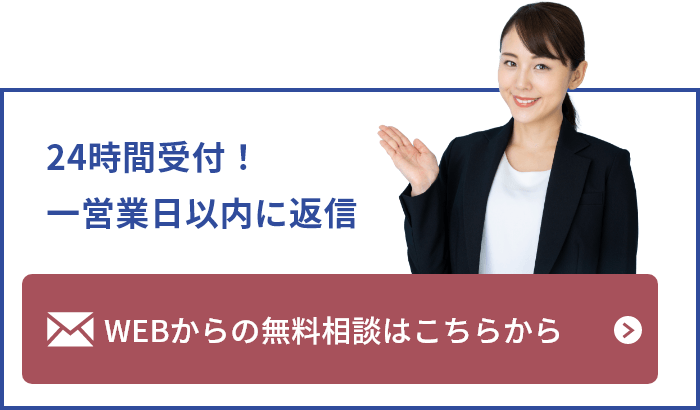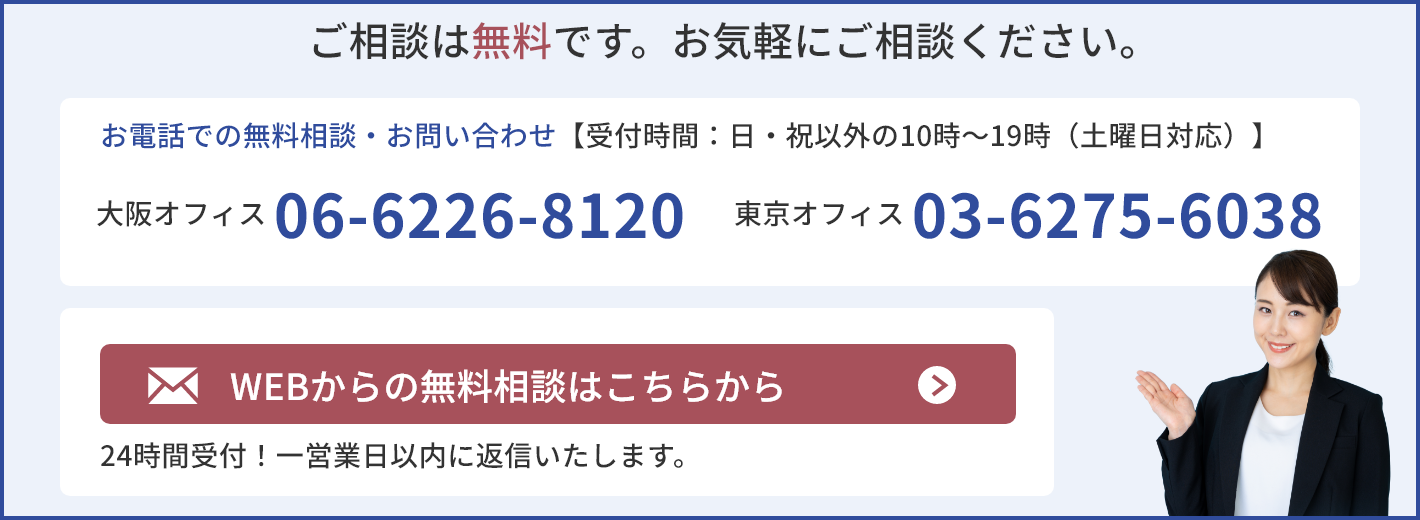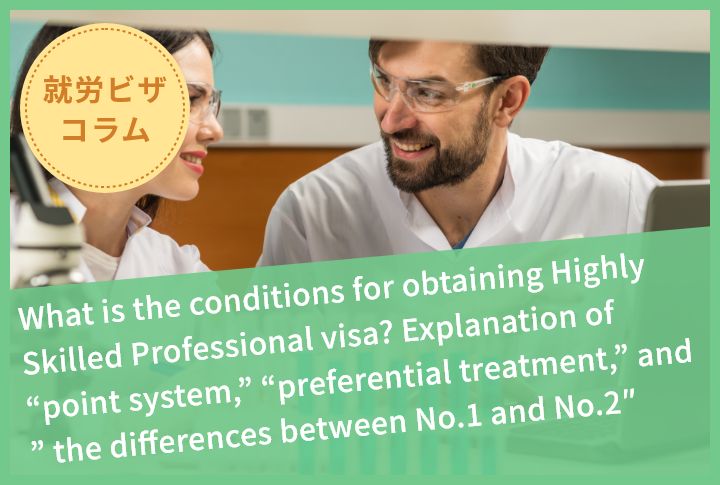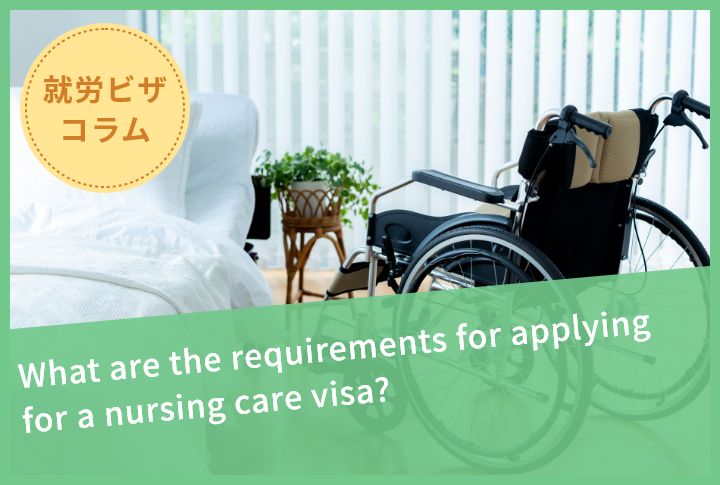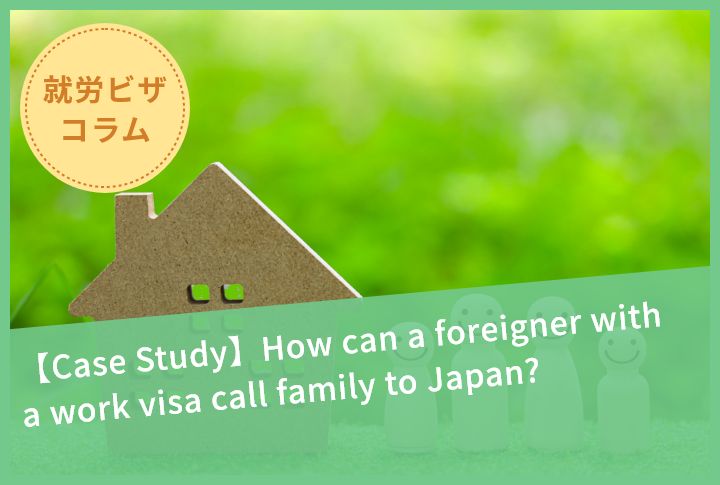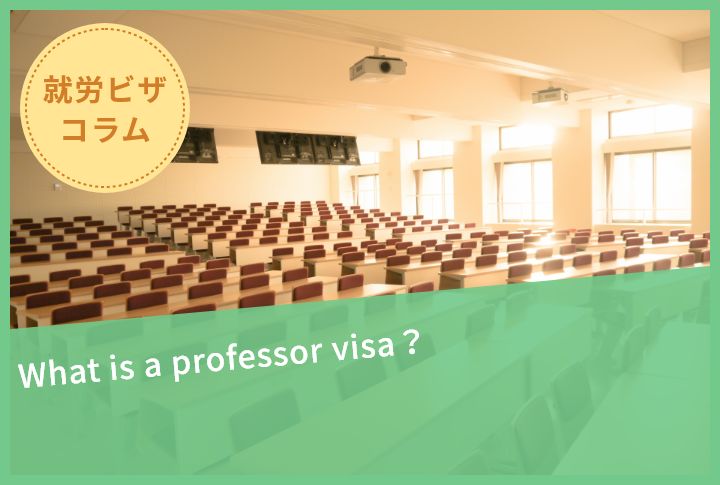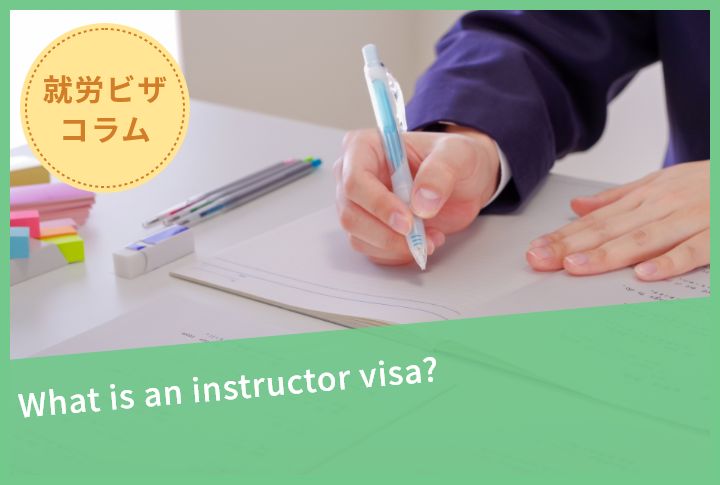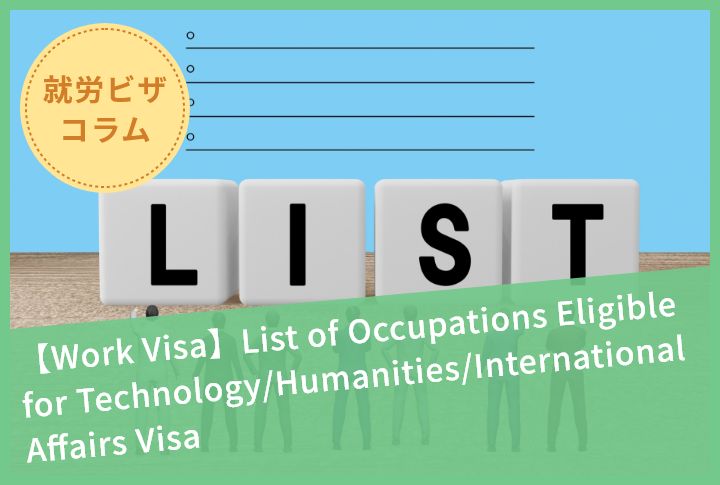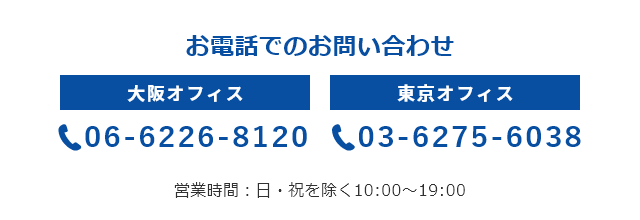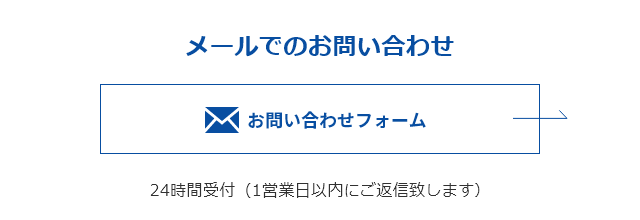Documents to be submitted vary depending on the category of work visa!?
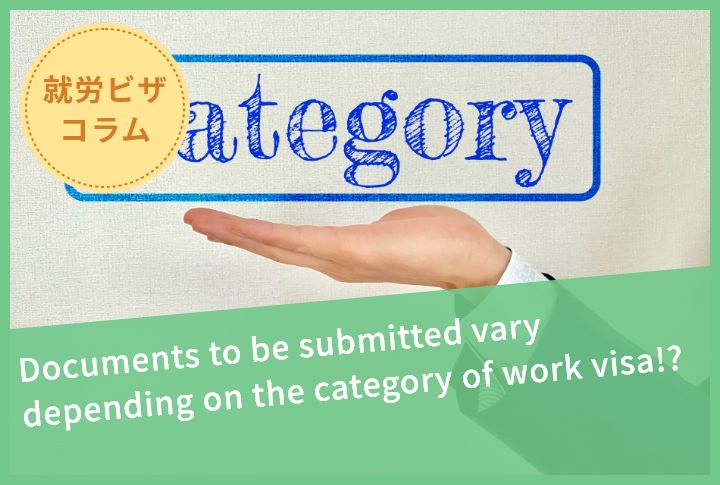
Do you know that companies employing foreigners are categorized into groups in relation to work visas?
What are differences between these categories?
In this article, we will introduce such categories of work visas, which people don’t really think of in daily life.
Now, we would like to explain the categories of work visas.
Index
1. System of work visa categories
Some work visas are divided into 4 categories (Category 1 to Category 4), depending on the size of companies, etc. which hire foreigners.
Why are there such categories?
While the typical example of Category 1 is listed companies, Category 4 refers to newly established corporations, etc. Comparing companies of Category 4, companies of Category 1 (listed companies, etc.) have more social credibility and most likely have high business stability and continuity. On the other hand, the business stability and continuity of companies of Category 4 (newly established corporations, etc.) are easily doubted when hiring foreigners.
Actually, the reason why work visas are categorized is that it was considered unreasonable to examine those companies in the same way.
As a result, for companies of Category 1, documents to submit to immigration offices when applying for a work visa are simplified, and it is easier to get the period of stay for 5 years, which is the longest. On the other hand, for companies of Category 4, there is no measures of simplification, etc. of required documents, and 1 year is granted as the period of stay, in principle.
2. What are subject to work visa categories?
Currently, there are 29 types of statuses of residence in Japan.
Among them, the following 6 types of work visas have categories made in accordance with workplaces where the visa holders belong.
– Highly Skilled Professional;
– Business Manager;
– Researcher;
– Engineer/Specialist in Humanities/International Services;
– Intra-company Transferee; and
– Skilled Labor.
If you are applying for any of the work visas listed above, please check its categories in advance.
3. Work visa categories
Let’s take a look at each category of work visas.
For a company’s personnel in charge of employment of foreigners, it is necessary to know which category the company belongs to, to find out which documents need to be submitted to the relevant immigration office.
(1) Category 1
– Companies listed on the Japanese stock exchange;
– Mutual insurance companies;
– Japan or foreign countries/local governments;
– Incorporated administrative agency;
– Special corporations/approved corporations;
– Public-interest corporations of Japan/local governments in Japan;
– Public corporations listed in Appendix 1 of the Corporation Tax Act;
– Target companies (innovation-creating companies) provided in (a) or (b) in the middle column of the paragraph concerning special addition in the table in Article 1, paragraph 1, each item of the ministry ordinance concerning highly-skilled professional;
– Companies, etc. which satisfy any of the flowing conditions:
a) To have been certified as a “Youth Ale certified company (yusueru-ninteikigyo)” by the director general of the prefectural labor bureau under the “Youth Ale certification system (yusueru-ninteiseido),” which is presided over by the Ministry of Health, Labor and Welfare;
b) To have been certified as a “Kurumin certified company (kurumin-ninteikigyo)” or “platinum Kurumin certified company (purachina-kurumin-ninteikigyo)” by the director general of the prefectural labor bureau under the “Kurumin certification system (kurumin-ninteiseido)” or “platinum Kurumin certification system (purachina-kurumin-ninteiseido) (enforced in June, 2020),” which are presided over by the Ministry of Health, Labor and Welfare;
c) To have been certified as an “Eruboshi certified company (eruboshi-ninteikigyo)” or “platinum Eruboshi certified company (purachina-eruboshi-ninteikigyo)” by the director general of the prefectural labor bureau under the “Eruboshi certification system (eruboshi-ninteiseido)” or “platinum Eruboshi certification system (purachina-eruboshi-ninteiseido) (enforced in June, 2020),” which are presided over by the Ministry of Health, Labor and Welfare;
d) To have been certified as a “company excellent in safety and hygiene (anzeneisei-yuryokigyo)” by the director general of the prefectural labor bureau under the “system of publicizing companies excellent in safety and hygiene (anzeneisei-yuryokigyo-kohyoseido),” which is presided over by the Ministry of Health, Labor and Welfare;
e) To have been certified as a “business operator excellent in employment placement (shokugyoshokai-yuryojigyosha)” by the designated examining and certifying body under the “system of certifying business operators excellent in employment placement (shokugyoshokai-yuryojigyosha-niteiseido),” which is presided over by the Ministry of Health, Labour and Welfare;
f) To have been certified as a “business operator excellent in proper manufacturing contract (seizo-ukeoi-yuryotekiseijigyosha)” by the designated examining and certifying body under the “system of certifying business operators excellent in proper manufacturing contract (seizo-ukeoi-yuryotekiseijigyosha-niteiseido (GJ certification)),” which is presided over by the Ministry of Health, Labour and Welfare;
g) To have been certified as a “business operator excellent in dispatching business (yuryo-hakenjigyosha)” by the designated examining and certifying body under the “system of certifying business operators excellent in dispatching business (yuryo-hakenjigyosha-niteiseido),” which is presided over by the Ministry of Health, Labour and Welfare;
h) To have been certified as a “corporation excellent in health management (kenkokeiei-yuryohojin)” by Nippon Kenko Kaigi (Japan Health Council) under the “system of certifying corporations excellent in health management (kenkokeiei-yuryohojin-ninteiseido),” which is presided over by the Ministry of Economy, Trade and Industry;
i) To have been selected as a “company leading regional future (chiikimirai-keninkigyo)” by the Minister of Economy, Trade and Industry under the “system of company leading regional future (chiikimirai-keninkigyo-seido),” which is presided over by the Ministry of Economy, Trade and Industry;
j) To have been approved by the director of the Regional Civil Aviation Bureau or the director of airport administrative office as a “class 1 or class 2 business operator on the premises under the Airport Administration Regulations” under the “approval system concerning business on the premises of airport,” which is presided over by the Ministry of Land, Infrastructure, Transport and Tourism; or
k) To have been registered by the internal reporting system certification office as a “business operator registered with internal reporting system certification (self-conformity declaration registration system)” under the “internal reporting system certification (self-conformity declaration registration system),” which is presided over by the Consumer Affairs Agency.
(2) Category2
– Groups/individuals with withholding tax amount of 10 million yen or more in the total table of tax withholding slips for income in the legal record total table for tax withholding slips, etc. for the income of previous year;
– Institutions that have received approval for use of the online residence application system.
(3) Category3
– Groups/individuals (excluding those of Category 2) who have submitted the legal record total table such as the tax withholding slip, etc. of income of the staff for the previous year.
(4) Category4
– Groups/individuals not falling under any of the above categories.
4. Summary of work visa categories
In this article, we introduced the categories of work visas.
Regarding companies falling under categories 1 or 2, required documents have been simplified, materials to submit are fewer, and examination periods tend to be shorter.
This is because companies in the upper categories are considered to have high business stability and continuity in the first place.
On the other hand, regarding companies in categories 3 and 4, immigration examination concerning work visas is carried out carefully. It is because they are considered to have relatively low business stability and continuity based on their scale of business.
However, regardless of the categories, you can get a work visa as long as you prove what you need to prove.
Therefore, it is important to prepare for a work visa application that matches your company’s category for the promotion of the employment of foreign human resources.






